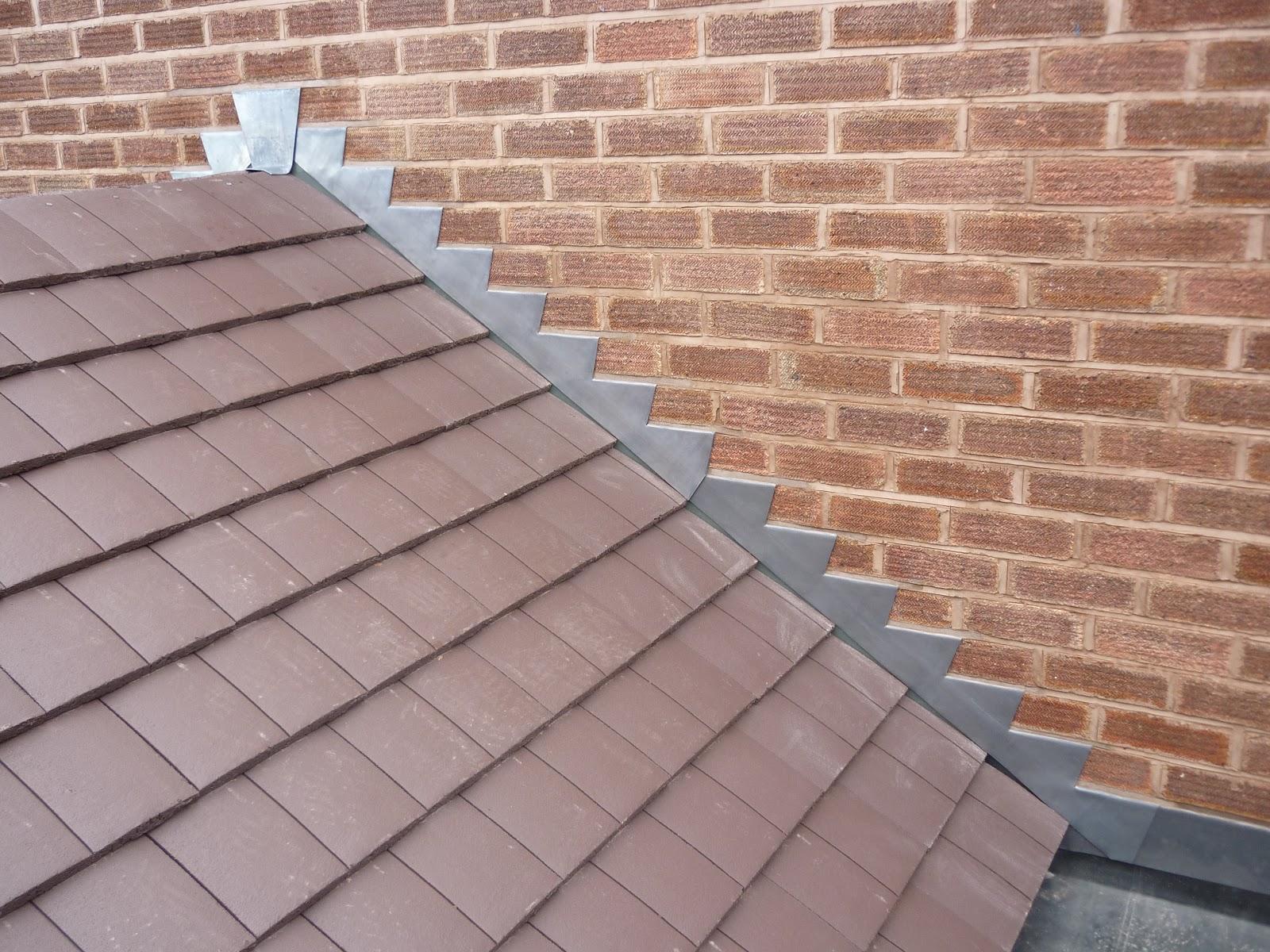
06 Apr What Types Of Flashing Are Available For My Roof?
When you are building a new roof or repairing a damaged one, flashing is an integral part. It’s the flashing that ensures no water is getting into the house through the joints or gutters.
Although you can leave it to your contractor, as a house owner you should know a little more about flashing.
In this article, we’ll focus on different materials of flashing and different types of flashing. It’s the material that ultimately determines how long the joint would last. Leave the method of flashing to your contractor.
The Materials Used for Flashing
When it comes to flashing, there are lots and lots of options. All of them are unique in their own way and serve a specific purpose. So, when choosing your flashing, make sure that it fits the needs of your own house.
- Roofing Felt: Roofing felt is a very popular flashing material, especially in the cold regions. But keep in mind that you can’t rely on felt for full protection. Felt is not entirely waterproof. So, you have to use another flashing material along with the felt.
- Plastic: Plastic, also known as PVC in the roofing industry, is one of the strongest materials. It’s waterproof, it’s durable and it lasts a very long time. But if your roof has asphalt on it, you can’t use plastic as plastic won’t stick to the asphalt.
- Rubber: If you’re in a region where there’s a significant risk of fire, you shouldn’t use rubber as your flashing. It’s a cheap option to do temporary repairs because the rubber will wear out with time.
- Copper: Yes, you can use metal as your flashing on the roof. Copper flashing is not very common because the vibrant colour doesn’t match with most roofs. But if your roof has copper that can utilize the copper flashing, go for it by all means.
- Galvanized Steel: When we think of steel, we think strong. Steel is one of the strongest metals. It’s economic, it’s durable and it lasts a very long time. So, if you are looking for a pretty much permanent solution, galvanized steel should be your first choice.
- Aluminium: Last but not the least, you can use aluminium as your flashing as well. Aluminium is light and is molten very easily. It’s great for roofs with an abstract shape where other materials can’t shine.
The Methods of Flashing
Now that you know and understand the importance of choosing the right material for flashing, we can proceed to the flashing methods. Continuous flashing, step flashing, valley flashing, saddle flashing, etc. are the most commonly used ones.
Each of the methods is different. Continuous flashing is when a long piece of flashing material is used all around the edges to stop the water from penetrating.
Step flashings are done by overlapping pieces to make a solid joint. One-piece fits the horizon of the roof while the other is set on a fixture, vertically.
Overview
You can’t ignore the importance of material selection while flashing a roof. Flashing is mandatory around the edges to eliminate dripping. Also, chimneys and skylights are prone to leaks, so flashing comes in handy there as well.

Sorry, the comment form is closed at this time.